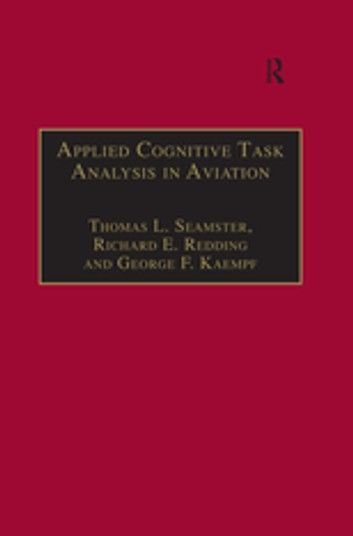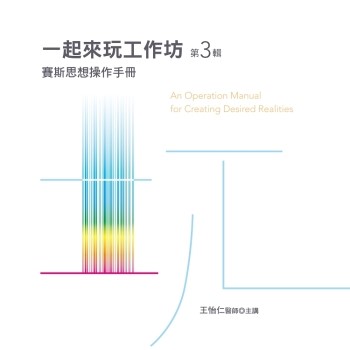| FindBook |
|
有 1 項符合
Richard E. Redding的圖書 |
 |
$ 2014 電子書 | Applied Cognitive Task Analysis in Aviation
作者:Thomas L. Seamster,Richard E. Redding 出版社:CRC Press 出版日期:2017-03-02 語言:英文  看圖書介紹 看圖書介紹
|
|
|
Due to the requirements of automatic system design, and new needs for the training of complex tasks, Cognitive Task Analysis (CTA) has been used with increasing frequency in recent years by the airline industry and air traffic control community. Its power is reflected in the literature on professional training and systems design, where CTA is often cited as one of the most promising new technologies, especially for the complex cognitive tasks now confronting those working in aviation. The objective of this book is to bridge the gap between research and practice, to make what we know about CTA available to practitioners in the field. The book focuses on cognitive psychology and artificial intelligence analyses of aviation tasks. It is designed to help readers identify and solve specific design and training problems, in the flight deck, air traffic control and operations contexts. Distilling experience and guidelines from the best aviation cognitive analyses in accessible form, it is the first comprehensive volume on CTA, and is written for practitioners of cognitive analysis in aviation. It provides an overview of analyses to date; methods of data collection; and recommendations for designing and conducting CTA for use in instructional design, systems development, and evaluation. The first part of the book provides the principles and foundations of CTA, describing traditional approaches to task analysis and ways that cognitive analyses can be integrated with the analysis and development processes. The next part details how to: select the appropriate method or methods; determine job tasks that can be trained for automatic performance; extract knowledge structures; analyse mental models; and identify the decision-making and problem-solving strategies associated with experienced job performance. The authors also describe when to use and how to design and conduct a cognitive task analysis; how to use CTA along with traditional task analysis and ISD; and how to use CTA in training program development and systems design, as well as in personnel selection and evaluation. The current demand for cognitive analyses makes this a timely volume for those in aviation and, more generally, the industrial development and training communities. Readers will find this a thorough presentation of cognitive analyses in aviation and a highly usable guide in the design, implementation and interpretation of CTA. The book will be useful to instructional developers, aviation equipment and systems designers, researchers, government regulatory personnel, human resource managers, instructors, pilots, air traffic controllers, and operations staff.
|










